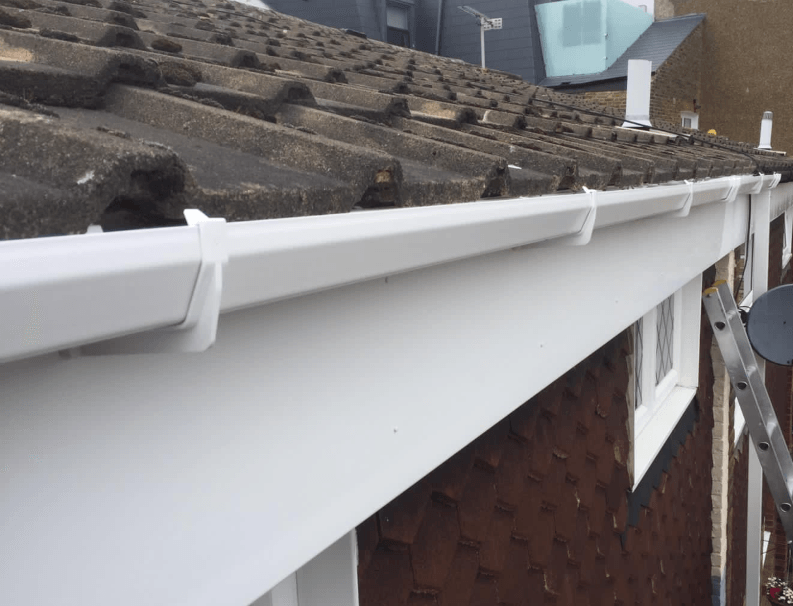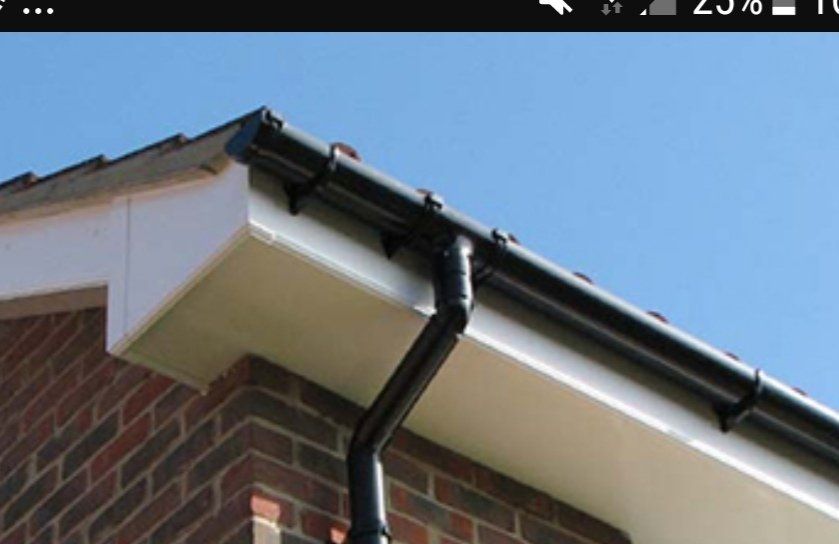A homeowner's guide to flat roofs
Are you considering installing a flat roof for your Nottingham home? Flat roofs are an increasingly popular choice for homeowners who want to extend their existing property, or those building from scratch. This blog post provides detailed advice on what you need to know before investing in a flat roof installation, from the different options available and materials used to the long-term benefits of having one installed. We will take a look at costs, lifespan and other considerations when it comes to choosing the right flat roof option for your home, helping you make a fully informed decision.
What is a flat roof
A flat roof is a type of roofing system which consists of a single, horizontal surface that slopes slightly in order to allow for drainage. It's important to note that these types of roofs are not completely level; instead, they have a slight pitch or angle so water can drain away from the building. Any roof with a pitch of less than 10 degrees is considered a flat roof.
What are the benefits of flat roofs?
Flat roofs provide many advantages residential applications. They are typically easy to maintain, cost effective and durable in comparison to other roofing styles. In addition, they are ideal for buildings with limited space or large rooftop areas.
The main benefit of flat roofs is that the construction process is relatively simple compared to more complex pitched roofs. This makes them an attractive option for those looking for a faster installation time without sacrificing quality. Flat roofs also tend to require less material than their pitched counterparts, allowing for significant savings on material costs as well as labour hours spent constructing the roof itself.
Another advantage of flat roofs is that they help reduce energy costs as they are easy to insulate. Additionally, flat roofs can be designed with features such as, skylights, rooftop gardens or solar panels for environmental sustainability purposes. Furthermore, flat roofs do not have unusual detailing features such valleys or crevices that could collect water and cause damage to the structure.
Finally, flat roofs also offer improved architectural design potential. Since they are relatively simple and straightforward, flat roofs can easily be customised with various materials, colours and textures for a more aesthetically pleasing look. This offers architects and designers greater freedom to create beautiful residential or commercial buildings that stand out from the rest.
What are the different flat roof materials available?
There are several different types of flat roof materials available, each with its own advantages and disadvantages. Common options include asphalt roll roofing, rubber membrane or modified bitumen, EPDM (ethylene propylene diene monomer) rubber, single ply membrane, TPO (thermoplastic polyolefin), PVC (polyvinyl chloride) membranes and bitumen felt.
Since they are relatively simple and straightforward, flat roofs can easily be customised with various materials, colours and textures for a more aesthetically pleasing look.
How much does it cost to install a flat roof in Nottingham?
The cost of installing a flat roof in the UK can vary widely depending on the size and complexity of the job. The range for a small-to-medium sized flat roof (under 100m2) can begin around £1,000 up to approximately £4,500. This includes labour costs, materials and any additional services like scaffolding or insulation. For larger flat roofs (greater than 100m2), the cost is likely to be closer to £10,000+ with associated higher labour costs and more materials being used.
How much does a flat roof repair cost in Nottingham?
The cost of repairing a flat roof in the UK can vary significantly depending on the size, shape and materials used. Generally, repairs will range from £200 to £2,000 for small jobs and up to £10,000 for major works such as replacing an entire roofing system.
How long does a flat roof last?
The lifespan of a flat roof is highly dependent on the quality of installation, materials used and the maintenance it receives. Generally, a good-quality flat roof should last between 20 to 30 years while a low-quality one may only last 5 to 10 years. Regular inspections and maintenance can help to extend the life expectancy of your flat roof beyond these estimates, while neglecting its condition could lead to an unexpected replacement much sooner than expected. It is important to be aware of potential leaks and other signs of wear as they could indicate that major repairs or replacements need to be made in order for your flat roof to last for its full life expectancy.
What are the common faults with flat roofs?
Flat roofs are prone to several common problems due to their design and construction, including ponding water, cracking and UV damage. Ponding water occurs when the roof is unable to drain off rainwater quickly enough, leading to pools of stagnant water which can cause leaks and other structural damage. Cracking of the roof membrane leads to moisture penetration that can weaken the roof’s structure over time. Finally, flat roofs are particularly susceptible to UV damage from direct sunlight, which can cause deterioration or discoloration of the material used in its construction. All three of these issues need to be addressed promptly in order to prevent further damage or costly repairs.
How to maintain a flat roof?
Proper maintenance is essential for making sure your flat roof is durable and performs to its optimal level for many years. It’s important to have regular inspections done on your flat roof, as any issues that arise can be detected quickly and addressed before they become bigger problems. This can include checking for cracks or splits in the membrane, looking for signs of ponding water, and examining flashings at penetrations.
Accumulated debris like leaves, twigs, branches, and dirt can damage the integrity of the roofing membrane, so it’s important to regularly remove debris from your flat roof. Doing this with a soft-bristled broom or leaf blower is recommended to avoid scratching or tearing the membrane.
If you have trees near your building, you should trim them back as necessary in order to keep branches and leaves away from your flat roof. Branches can scratch or otherwise damage the membrane if they come into contact, so it's important to take preventative measures with tree maintenance.
Look for any signs of blockages with your flat roof drainage system, as this can lead to leaks over time.
How to know if a flat roof is right for your property?
When it comes to deciding between a flat or pitched roof for your property, there are several factors to consider such as its architecture, climate conditions and purpose. The local planning department will also have a preference for whether you should install a flat or a pitched roof. You can find out more about planning permission for your roofing work here.
The exposure of your property will also play a role in deciding whether a flat roof is suitable or not. Flat roofs are not as durable as pitched roofs and can suffer from prolonged exposure to strong winds, heavy rain or snowfall. Therefore, it's important to factor in your property's location when making a decision.
It's also important to factor in maintenance costs associated with either type of roof. Flat roofs generally require more regular upkeep than pitched roofs, although the initial construction costs are generally lower. Make sure you discuss maintenance costs with your roofing contractor before making a decision as this will give you an accurate idea of the long-term cost implications of either roof type.
Summary
To sum up, if you're considering installing a flat roof on your home, you'll want to be aware of the common materials and their various pros and cons so that you can make the best decision. Remember to consider factors such as insulation needs, how much weight will be put on the roof, weather exposure installation processes and budgets.
Once you've got all of the facts, your next step is to find a certified roofer who can help you install or repair your new flat roof. If you live in Nottingham or the surrounding area, take advantage of our trusted team of roofers in Nottingham who specialize in flat roof installations. We will ensure that your flat roof is installed correctly, enabling you to enjoy all of the benefits that a flat roof has to offer.
You might also like



